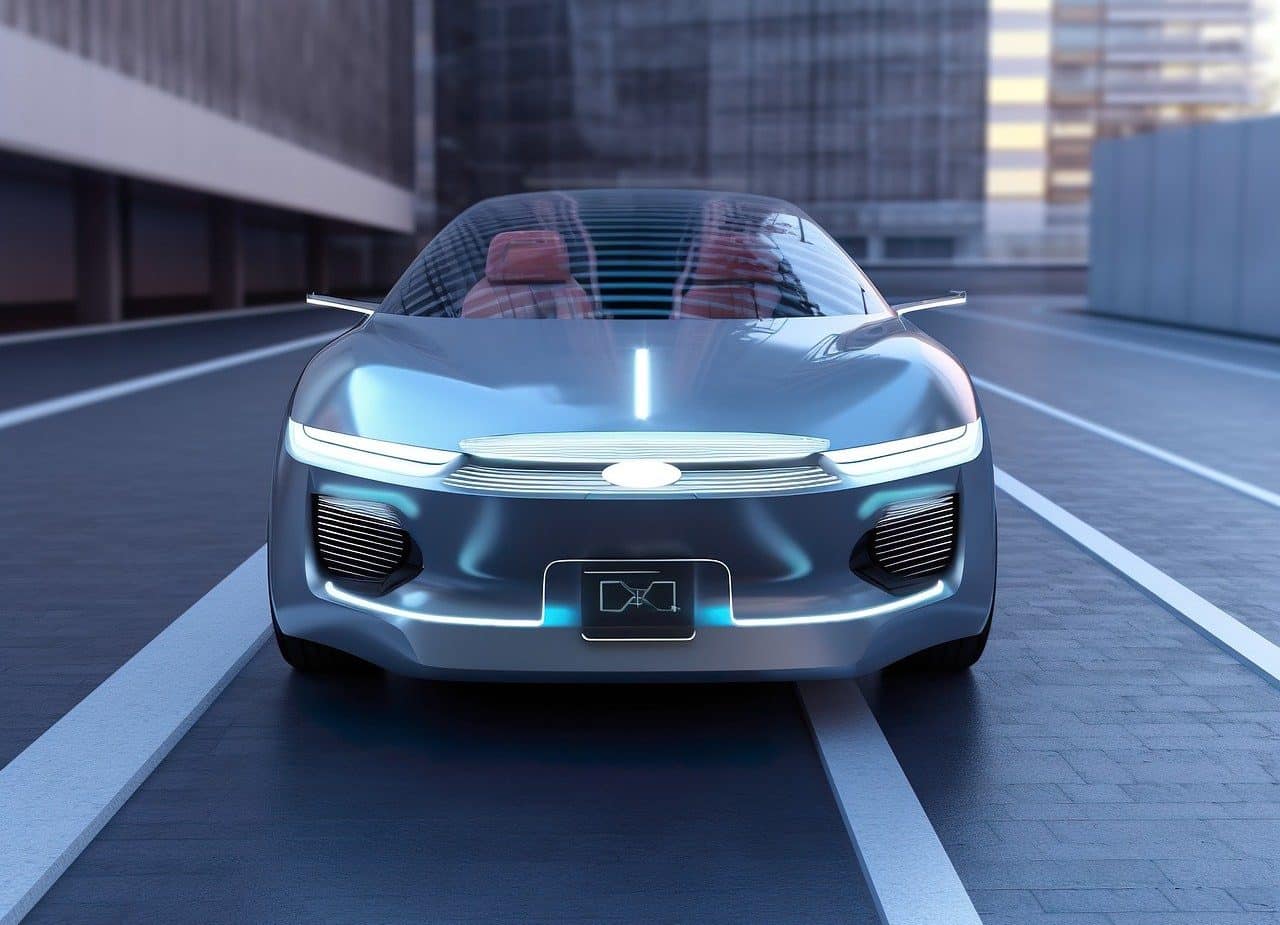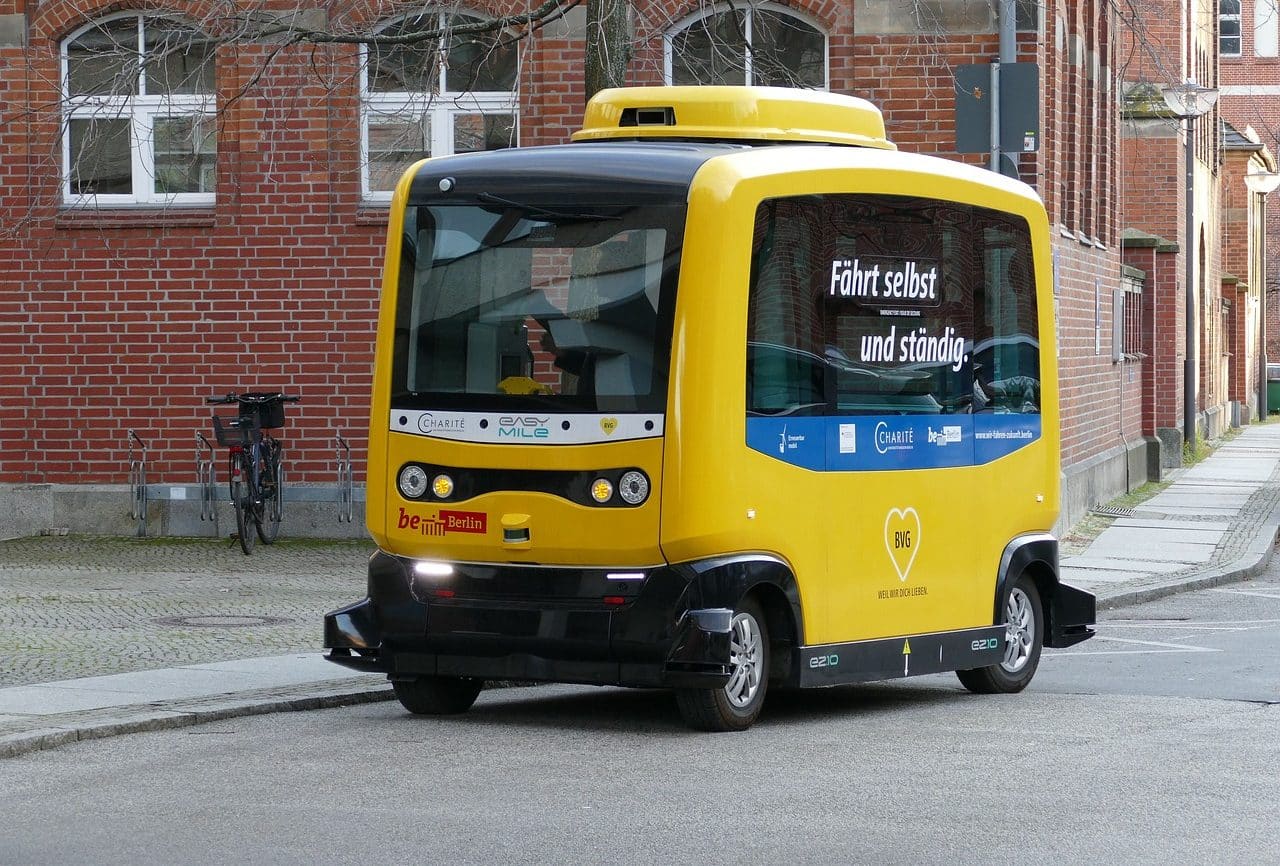
Autonomous vehicles will have a major impact on the automotive industry.
An autonomous vehicle is a means of transportation that directs and controls itself, without the need for a human driver . Through various technological resources, these transports imitate people's driving abilities.
Thanks to the perception and analysis of the environment, autonomous vehicles manage to move without colliding. In any case, systems can fail, so the risk of a contingency or accident is always present.
History of autonomous vehicles
The history of autonomous vehicles developed gradually, with small advances until reaching the present day with cars that have almost absolute autonomy in terms of driving. In 1925 , for example, engineer Francis P. Houdina achieved fame by producing a car that could be driven remotely using radio frequency control, although this car lacked autonomy.
The American designer Norman Bel Geddes is often named as the pioneer of this field since, in an exhibition that General Motors sponsored within the framework of the 1939 World's Fair that took place in New York , he presented an electric vehicle whose control was carried out by an electricity circuit installed directly in the pavement.
However, it was not until 1980 that an autonomous vehicle similar to those that can be seen today was manufactured. In that year, the Defense Advanced Research Projects Agency of the US government unveiled a car that was guided through computer vision, radar and laser sensors.
Also in the ' 80s , the German Ernst Dickmanns - supported by the Bundeswehr University of Munich - created an autonomous vehicle by modifying a Mercedes-Benz van. Then, with the sponsorship of the European Commission through the Eureka project, Dickmanns did the same with other vehicles , completing a journey of almost 1,000 kilometers to connect Munich and Copenhagen in 1995 .

Legislation on autonomous vehicles and new traffic regulations are needed for the growth of this type of mobility.
The technology
Autonomous cars base their operation on the use of technology . These tools allow you to capture and process data from the environment, detecting obstacles, interpreting signs and traffic signs, and guiding your progress.
LIDAR sensors, lasers, radar, computer vision cameras, global positioning systems (GPS) and navigation software are part of its equipment. For information processing, these vehicles use artificial intelligence and evolve thanks to machine learning .
It must be considered that in traffic, multiple situations occur simultaneously, which human beings process instantly to respond efficiently. In the case of autonomous vehicles, the machines must work with big data and cloud computing for image processing, pattern recognition and other essential actions so that they can circulate safely.
Perceptual and other algorithms intervene in these processes. Cars also use probabilistic models . In this way, they "decide" based on the results of complex calculations.

Smart cities contemplate traffic management with the intervention of autonomous vehicles.
Automation levels of autonomous vehicles
The National Highway Traffic Safety Administration ( NHTSA ) is an American agency that established different levels of autonomous driving based on the independence of the vehicle and the need for human intervention. When this intervention is necessary in all actions, it is called Level 0 (there is no type of autonomous driving, although the system does issue alerts or warnings).
Level 1 includes cars with stability control and automatic emergency braking systems. In these cases, the vehicle has only one automatic type control at a time.
Level 2 covers vehicles that can control two or more functions simultaneously (such as cruise control and lane keep assist), but the human driver is still in control. Already at Level 3 , the car drives autonomously, although it requires the assistance of a human being in certain situations.
Level 4 involves true autonomous driving , although with limitations depending on the context . Finally, Level 5 contemplates absolute automation : these cars drive themselves without human intervention and may even lack a steering wheel and pedals.
Security and regulation
Although assisted driving is already widely spread, the automatic control systems that give vehicles autonomy continue to raise doubts in many citizens. Beyond the numerous safety tests already carried out, there are those who fear possible failures that lead vehicles to make wrong decisions .
However, every year more than a million people die in road accidents worldwide. According to research, 90% of so-called accidents are caused by human errors . This source of collisions and accidents, therefore, would be eliminated by autonomous vehicles.
One of the challenges to the growth of self-driving cars is the regulatory framework . Suppose such a car causes a crash: who would be held responsible? It could be to the vehicle manufacturer or the passenger who indicated the destination, for example. These kinds of issues must be resolved with new legislation and even with other types of insurance policies.
